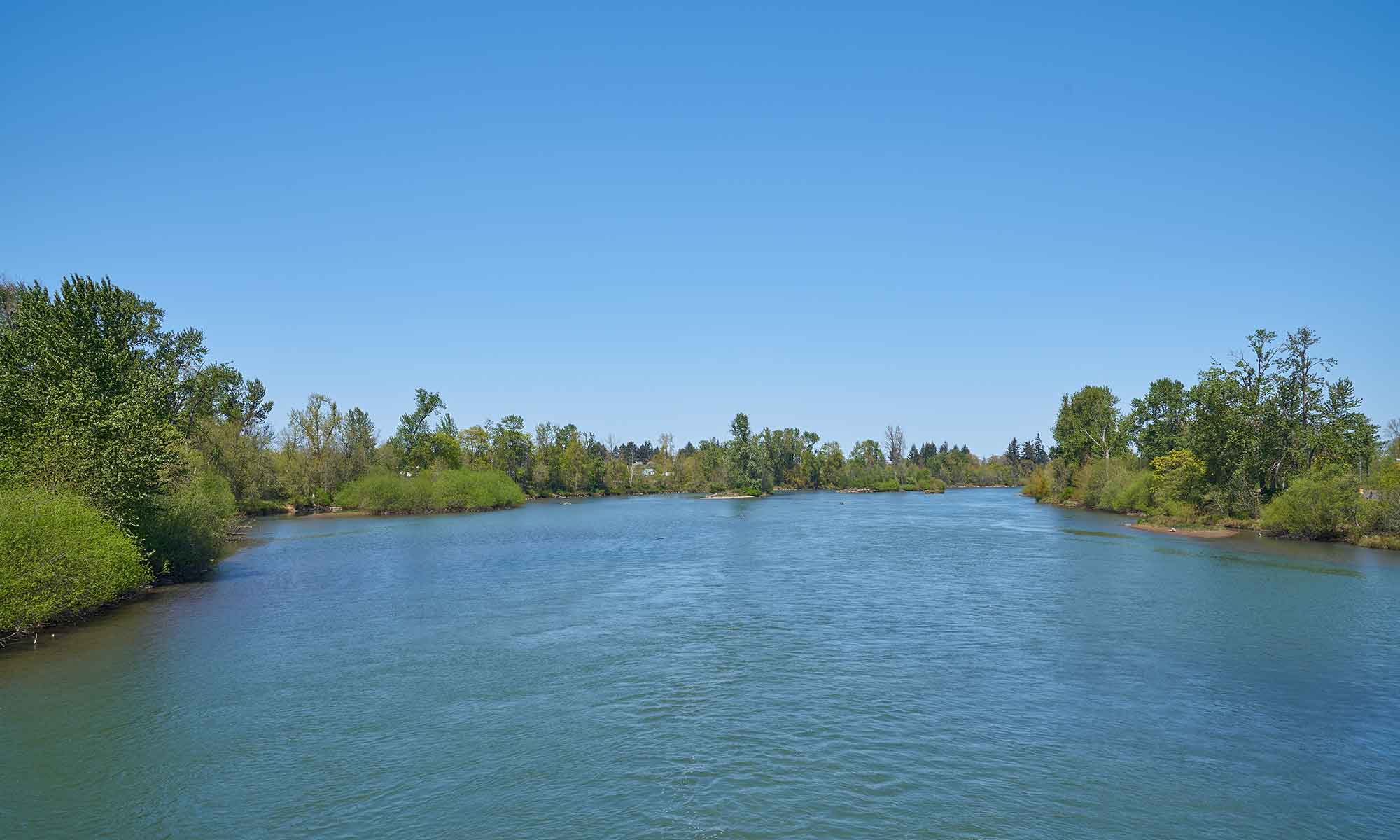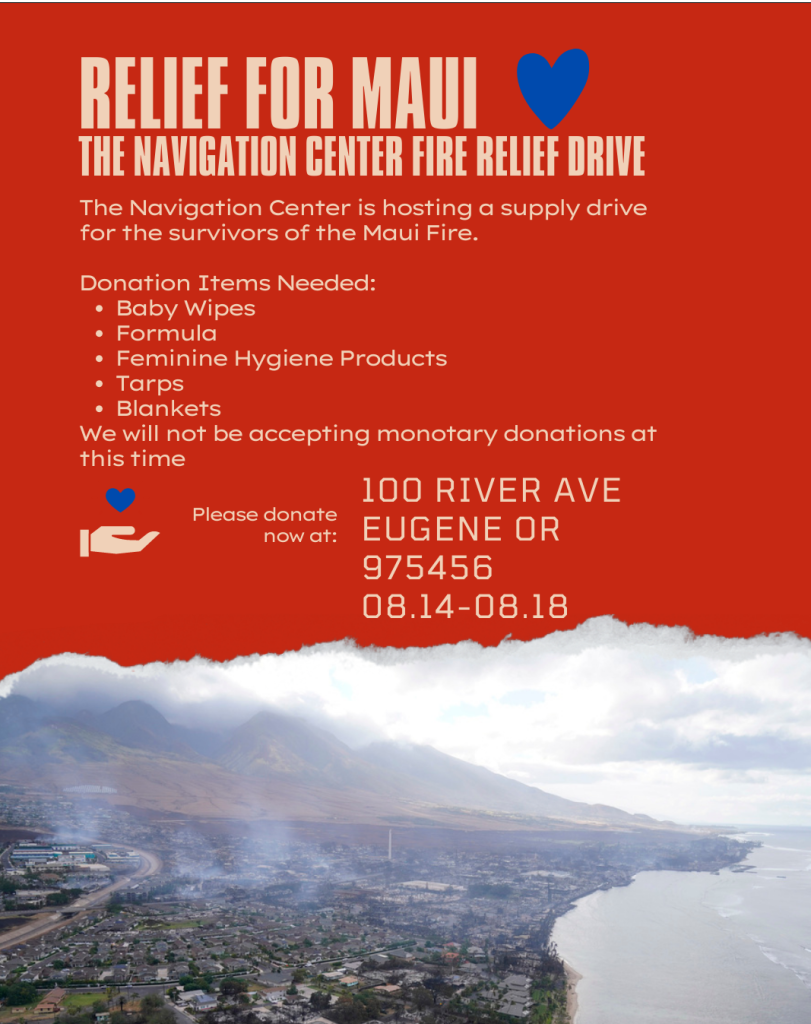https://www.eugene-or.gov/documentcenter/view/55317
In 1982, the Cities of Eugene, Springfield and Lane County adopted the Metro Plan. Policies in the Metro Plan encourage annexation as the preferred means of providing services to new development and state a preference for cities to become the providers of service within their Urban Growth Boundaries (UGB). … Read more


